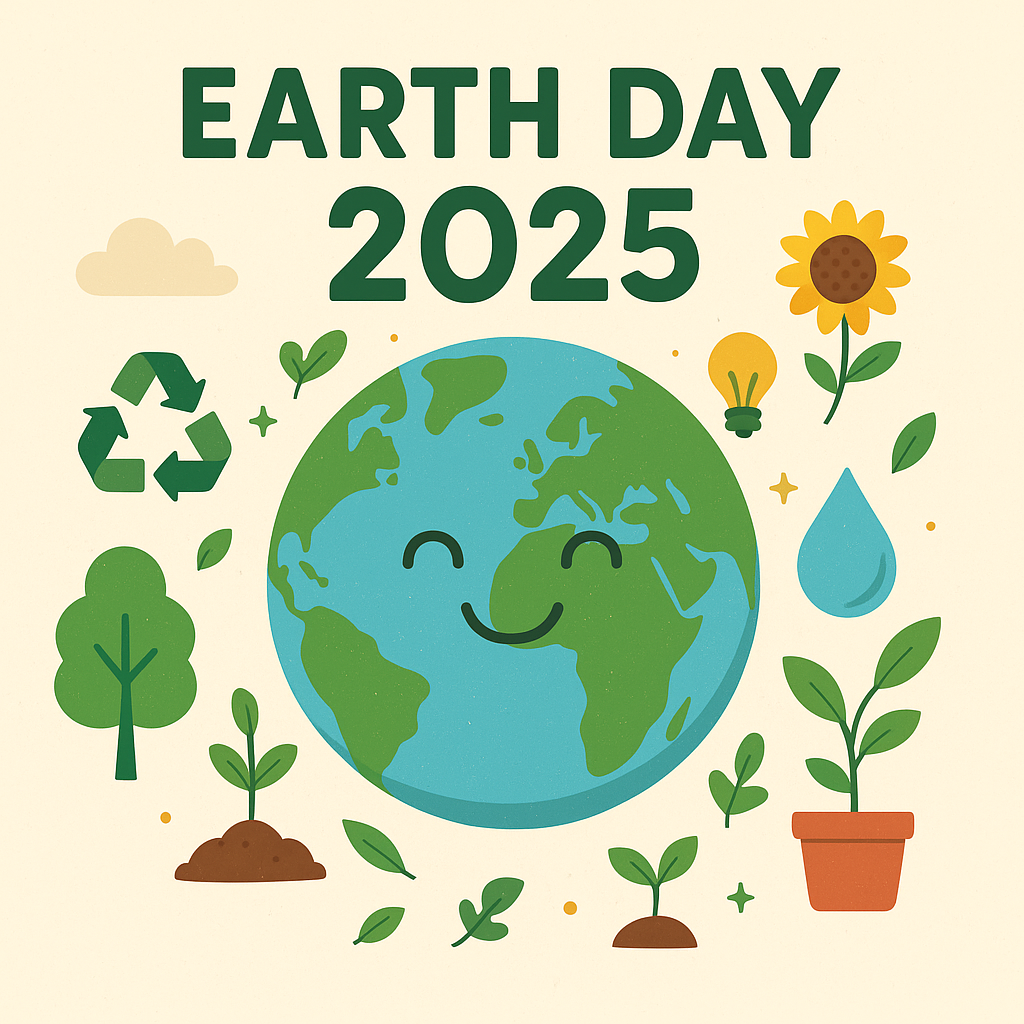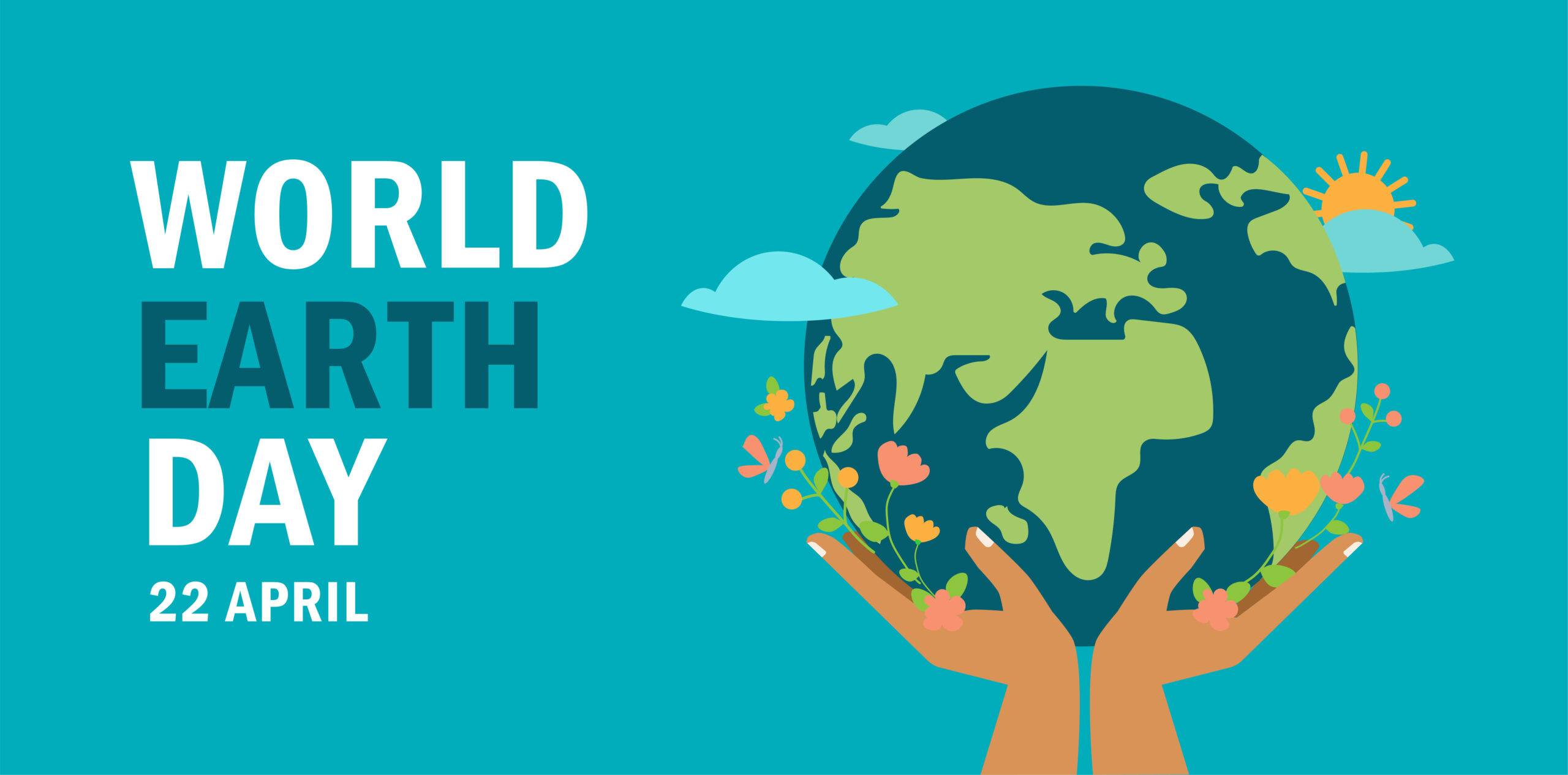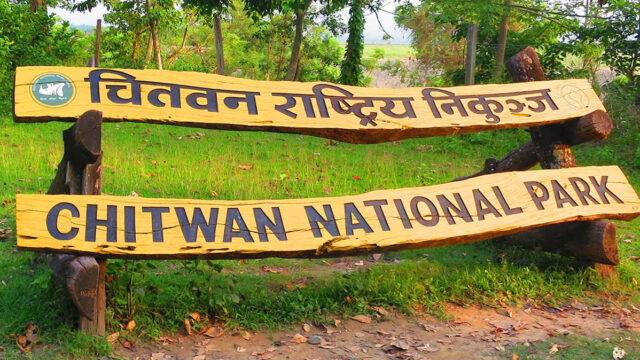Millions of people worldwide are considering the necessity of preserving our planet through sustainable practices and thoughtful actions as we commemorate Earth Day on April 22, 2025. “Planet vs. Plastics,” this year’s Earth Day theme, serves as a reminder that the decisions we make daily, such as where and how we travel, can have a positive or negative impact on the environment. The tourism industry in Nepal and globally is adopting eco-friendly initiatives more and more, realising how important they are to protecting the natural and cultural legacy that tourists want to see.
One of the biggest and fastest-growing sectors in the world, tourism boosts economies greatly, especially in nations like Nepal, where natural beauty and cultural legacy are major draws. Nepal is a treasure trove for travellers looking for both adventure and peace, from the snow-capped peaks of the Himalayas to the calm lakes of Pokhara and the biodiversity-rich jungles of Chitwan National Park. Concerns about environmental deterioration, such as pollution, deforestation, waste management problems, and the impact on natural resources, have grown as a result of this popularity.
Earth Day offers a perfect chance to reconsider how tourism affects the environment and look into sustainable futures. Eco-tourism and green travel are no longer niche trends but vital movements gaining momentum. Travellers are choosing locations and activities that encourage environmental stewardship as they become more aware of their ecological footprint. To reduce the harm brought on by crowding and careless hiking methods, Nepalese trekking routes such as the Everest Base Camp trail and the Annapurna Conservation Area are putting permission systems and eco-guidelines into place.

Travelling without plastic is a big step in the direction of sustainable tourism. Local governments and non-governmental organisations have started campaigns to outlaw single-use plastics in well-known tourist locations like the Khumbu region. In addition to urging guests to bring reusable bottles and bags, lodges and tea houses are now providing safe drinking water refills and biodegradable items. To collect rubbish and inform tourists about the environmental responsibilities of tourism, numerous tourism businesses and local communities are planning clean-up drives in locations such as Phewa Lake, Swayambhunath Stupa, and the Lumbini Garden on Earth Day.
Beyond the natural world, sustainable tourism encompasses culture and community. Preserving the unique traditions of indigenous and local populations is crucial to maintaining the authenticity of a destination. In addition to providing travellers with rich cultural experiences, programs like community homestays in locations like Ghalegaun and Sirubari also give local families economic support. Minimal effect, locally grown food, organic farming, and classic buildings constructed with sustainable materials are all highlighted by these eco-friendly travel options.
Additionally, Earth Day has evolved into a venue for ecotourism innovation. Eco-resorts, organic farms, and nature-based educational initiatives that blend luxury with little environmental impact have all grown in popularity in Nepal in recent years. Tour operators are increasingly providing adventure tours that support conservation initiatives, such as wildlife safaris in Bardiya that support anti-poaching patrols, carbon offset programs, and eco-friendly vacation packages.

Around the world, Earth Day is commemorated by international initiatives that bring together governments, non-governmental organisations, travel agencies, and tourists with the shared objective of preserving the planet. For Nepal, aligning tourism development with the United Nations’ Sustainable Development Goals (SDGs) is essential. From SDG 13 (Climate Action) to SDG 15 (Life on Land), tourism can be a force for positive environmental change if planned and practiced wisely.
Earth Day 2025 also raises attention to climate change, which has a direct influence on tourism. Rising temperatures, unpredictable weather patterns, and melting Himalayan glaciers endanger not only natural ecosystems but also the lives of people who rely on tourism. To encourage climate resilience in the travel industry, groups like the Nepal Tourism Board (NTB) and Trekking Agencies’ Association of Nepal (TAAN) are holding awareness campaigns, workshops, and tree planting events this year.

There is a role for travellers as well. Environmental preservation can be greatly aided by small acts like protecting wildlife, staying on approved routes, avoiding heavily visited areas, buying locally made goods, and using less water and energy. Selecting accredited ecotourism providers and lodgings can assist travellers in making wise choices that support Earth Day ideals all year long.
Without a healthy world, there can be no tourism, as Earth Day reminds us. Human activity and carelessness are endangering the very landscapes, cultures, and species that attract tourists from all over the world. The tourism sector may not only endure but flourish in balance with the environment by incorporating sustainability into all aspects of the visitor experience, from infrastructure and policy-making to visitor behaviour and community involvement.
Earth Day 2025 serves as both a celebration and a call to action for sustainable tourism in Nepal and abroad. With coordinated efforts, thoughtful planning, and active participation from all stakeholders, tourism can evolve into a solution rather than a source of environmental concerns. Let this Earth Day mark a sea change, a moment when tourism embraces its ability to save the earth and encourages people everywhere to travel responsibly, with care, and with respect for the environment.






